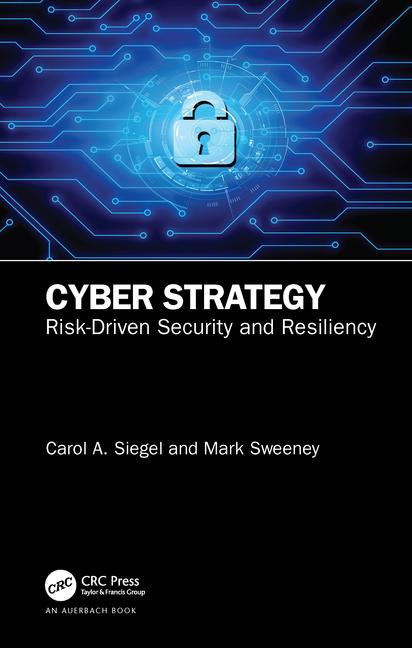Although an alarm company’s main purpose is to mitigate risk and offer rapid communication and response to its customers, sometimes even the most careful planning fails during an unprecedented disaster. That’s what happened on Dec. 30, 2021, when wind gusts exceeding 100 miles an hour brought the most damaging fire in Colorado’s history and forced the evacuation of the Alarm Detection Systems Inc. (ADS) central station in Louisville, Colo. But years of strategic planning, including fortification of the station to withstand natural disasters, and the acquisition of an additional central station through the purchase of Safe Systems Inc. (SSI), left ADS well positioned to service its customers through the worst of the disaster.
An operation plan established five years before played a pivotal role in working through the disaster. Developing the ability to switch monitoring from one station to another required intense employee training and interoperability testing. Software, operating vocabulary, and best practices all had to be aligned for the proper station redundancy to work.
Both central stations trained for years with The Monitoring Association (TMA), and both are Five-Diamond Certified. They undergo random inspections and meet quality criteria standards by Underwriters Laboratories (UL), which sets standards for power, automation, and communication infrastructure. Recent alarm advancements also helped operators deal with events. Historically reliant on dispatching police or fire with traditional alarm signals, ADS operators could now help customers using advanced video alarms to provide status updates.
Days before the disaster, staff at the Colorado central station knew what was coming; wildfires that had started five miles away in Boulder County soon spread to within 500 yards of the facility. Already coping with a health pandemic for months, they were prepared to meet the fire threat head-on. On Thursday, just before a long New Year’s holiday weekend, employees worked as long as possible to prepare for the inevitable.
Ultimately, the fire forced employees to evacuate the Louisville offices and central station. The rapid devastation gave them little time to react. They needed to transfer customer alarm monitoring to ADS’s central station in Aurora, Ill. — almost 1,000 miles away. Switchover of alarm account monitoring requires proper staff communication and planning, even in normal conditions. In spite of the distance, however, no signals were lost during the process, and customers remained fully serviced throughout the wildfire.
“During this crisis, the central station answered calls from customers in tears asking for updates on their homes,” said Jacqueline Brogan, central station manager and The Monitoring Association (TMA)’s 2020 Central Station Manager of the Year. “Commercial customers watched events unfold on digital video as fire surrounded their buildings and asked if we could do anything. The fear and devastation in their voices impacted us all in some way. Some concerned customers outside of the evacuation areas called to check on us because they knew our office was in the evacuation zone.”
John Wrzesinski, vice president of operations/Colorado general manager, said, “Our employees responded with calm, common sense, and professionalism. I am always impressed by our employees and our leadership.”
The Colorado office resumed normal operations as soon as authorities allowed employees back into the building. However, they were still dealing with the loss of life and property in their community. The wildfire claimed nearly 1,100 homes and structures with $513 million in damages.
ADS had many data points to unpack after the fire. Post-analysis improvements continue throughout both locations. The IT department ramped up communications equipment. Central station staff obtained additional qualifications and training. Advanced modeling and mock scenario drills are sure to continue.
Perhaps one of the most critical takeaways is the ongoing need for fluid but effective disaster preparedness. 2021 was another year of deadly storms, wildfires, and flooding. The Colorado fire demonstrated unique vulnerabilities for alarm monitoring companies. Thousands of alarm accounts would have witnessed an interruption to service and the accompanying risk without a second central station.




